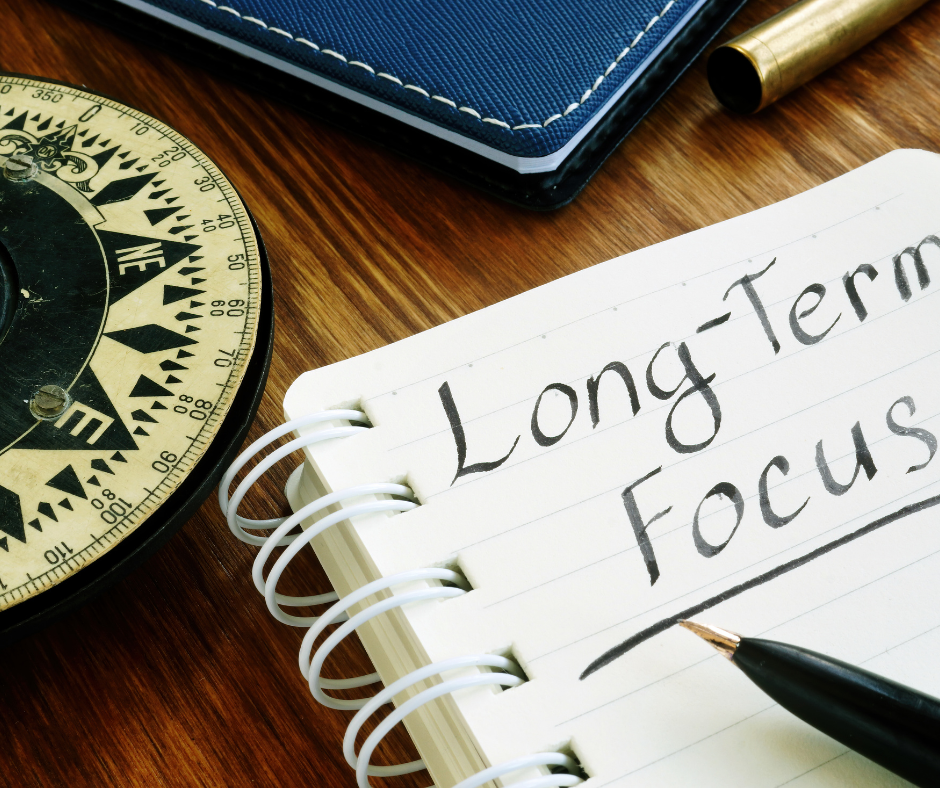You can only reach financial independence when you have more money than you will ever need to meet your future expenses.
Most people start by focusing on how they can get the most out of their investments. While this is important, it is better to start by knowing how much you need to live.
I watched a video on goal kicking the other day, and the coach said not to aim between the posts. Instead, he recommended aiming at a particular point 20 metres behind the middle of the posts. The same goes for investing; know what you need to achieve and aim for that. Do you need a passive income of $60,000 a year to be financially independent, or is it $100,000 a year? The answer may significantly change how you invest.
Fund your life
Most people don’t know how much it costs to run their life because they don’t track it. They save whatever is left at the end of the month. In my experience, most people underestimate it considerably. Some by $5-10,000, the occasional one by more than $100,000!
When it comes to tracking your expenses, the more detail you go into, the better you are. If you are talking to your financial adviser about it, don’t be alarmed or embarrassed by where you spend your money. We aren’t there to criticise your lifestyle habits. We do it to help you make informed decisions, and so we can ensure you have enough money to spend on the things you want.

Broadly, there are three categories of expenses:
- Critical – Rates, rent, mortgage, other debts, electricity, gas, insurance and phones. We have a pretty good idea of what these are going to cost.
- Needs – Food and general household living expenses, transport and cars, school fees and health costs. This can be more variable, and we have some scope to reduce them.
- Wants – Jewellery, gifts, clothes, shoes, holidays, eating out, coffees and buying lunch at work, to name a few. If push came to shove, we could cut these back.
There are three ways to track your expenses.
Manual
Pretty straightforward. Go through your bank statements for the previous 6-12 months and categorise your expenses.
Use a spreadsheet
Most banks allow you to download your bank statements into a spreadsheet. The beauty of this is you can easily handle a lot of transactions in a short time.
Use a tracking App
You can now use a few different Apps that link in with your bank accounts and automatically categorise all your expenses. While it takes quite a bit of setting up, once you do, they generally do a pretty good job at allocating your expenses to the correct category. Beware, doubling counting the movement of funds from one account to the other as an expense.
Personally, I prefer either the second or third option, as they are easier to update.
Average expenses
No one is average, but it is always good to benchmark yourself against others. Here is what the banks are using as of September 2023 as a guide for people living a “lavish” lifestyle (note that these figures don’t include the mortgage or rent costs).
Single adult, no children: $24,000 per year.
Single adult, two children: $39,000 per year.
Two adults, no children: $43,000 per year.
Two adults, two children: $58,000 per year.
We specialise in working with professionals to help them achieve financial independence. If you don’t feel like you are getting ahead, and are looking for an independent financial adviser to help you, book a chat via the button below or contact us on 02 6299 3339 or at team@constructwealth.com.au.
About the Author
Phil Harvey is an independent financial adviser. In 2017 Phil set up his company Construct Wealth to help clients best manage their finances so they focus on what is important to them. He is a founding member of the Profession of Independent Financial Advisers.
General Advice Warning
This advice contains general information. It may not be suitable to you because it does not consider your personal circumstances. Phil Harvey and Construct Wealth are authorised representatives of Independent Financial Advisers Australia (AFSL 464629)
See related articles
The most important thing about investing is to start
Most people want to be financially secure, but they also want the ability to keep doing the things that are most important to them. To be financially [...]
Investing in a volatile market
Continuing to invest when it looks like the market is falling is not easy. Mostly because our inner voice tells us not to buy something when there is [...]
Are you doing everything needed to create financial independence?
One of the first things we do with clients is get a picture of where they are. There are 10 key areas we believe are critical to [...]



